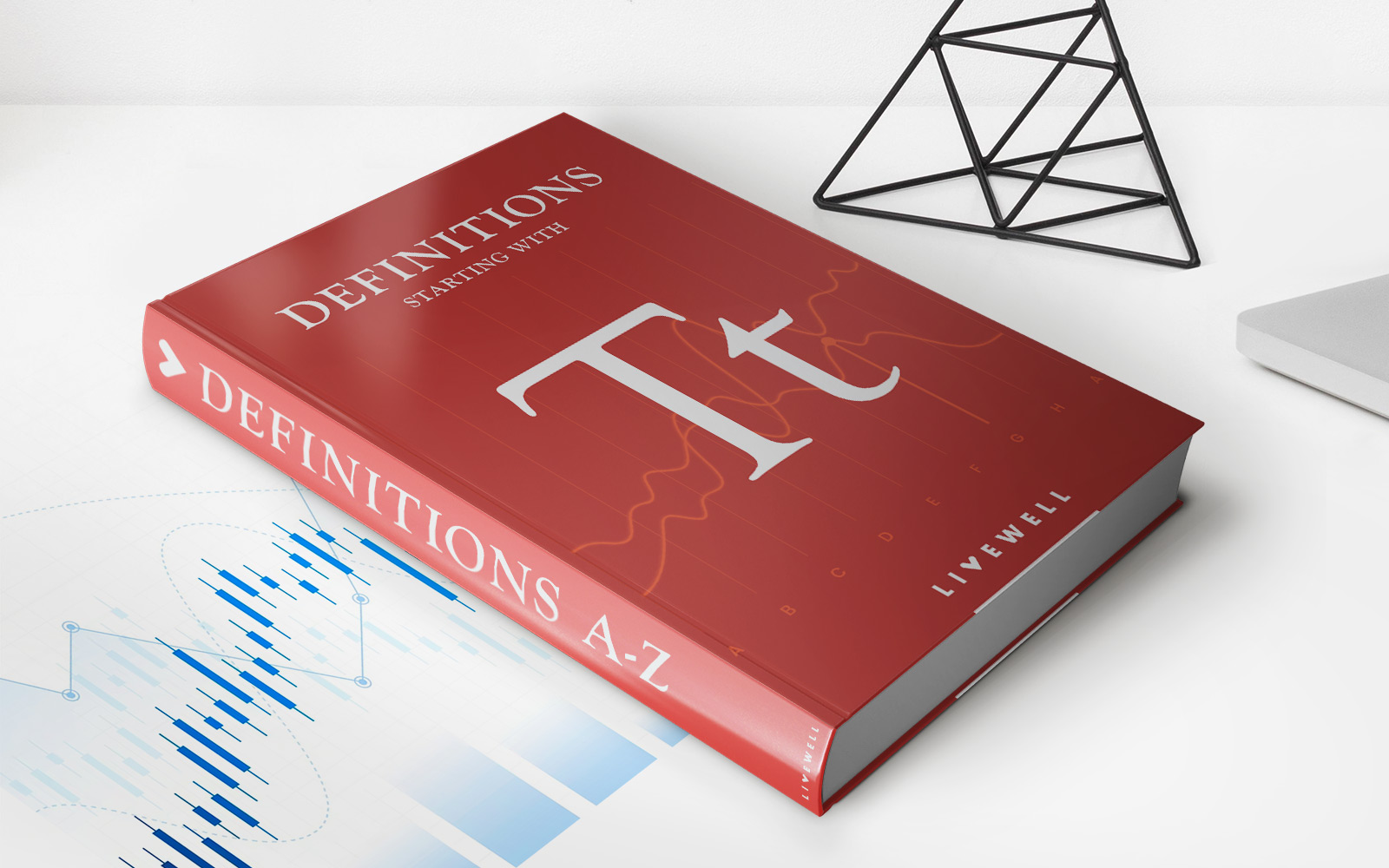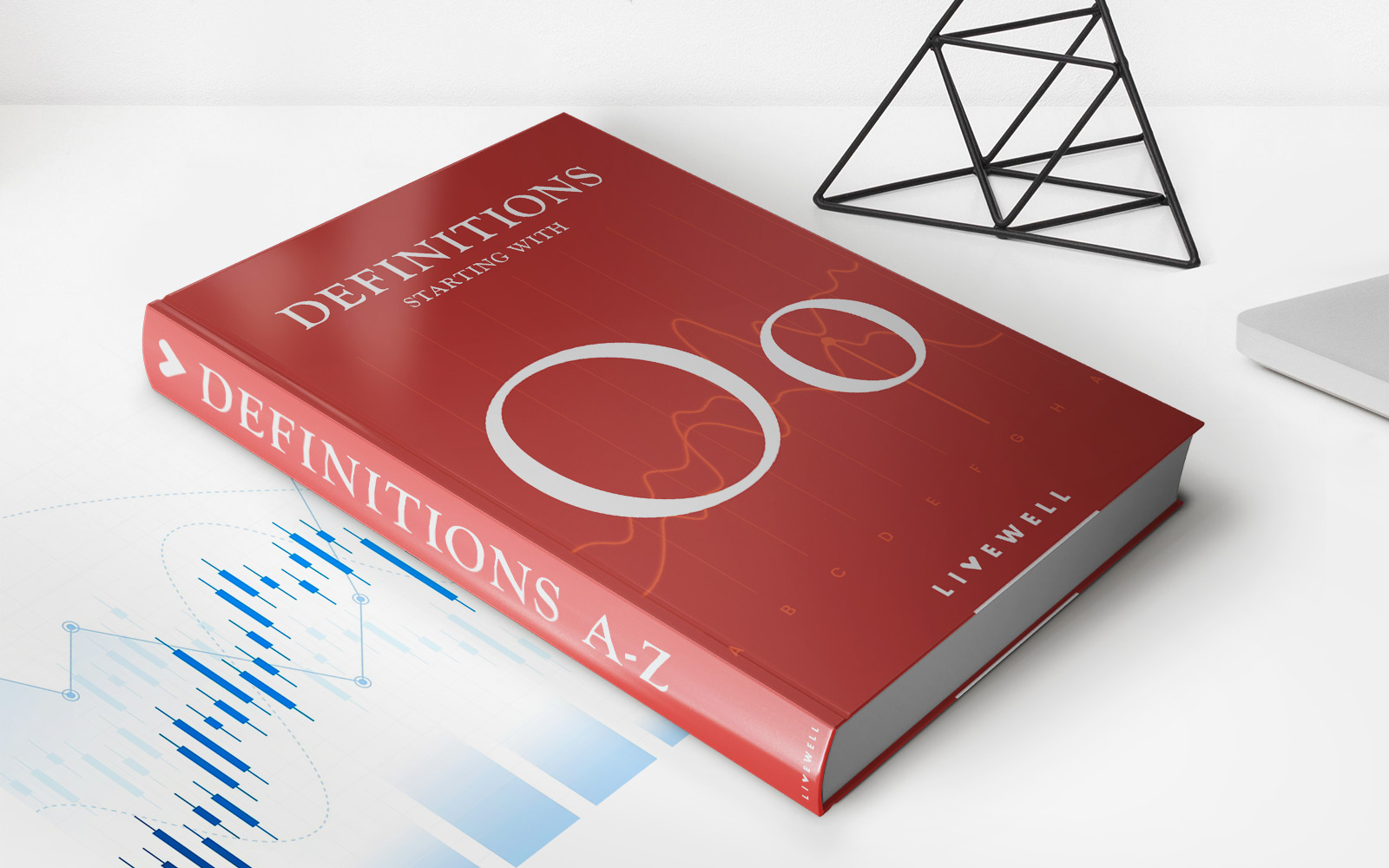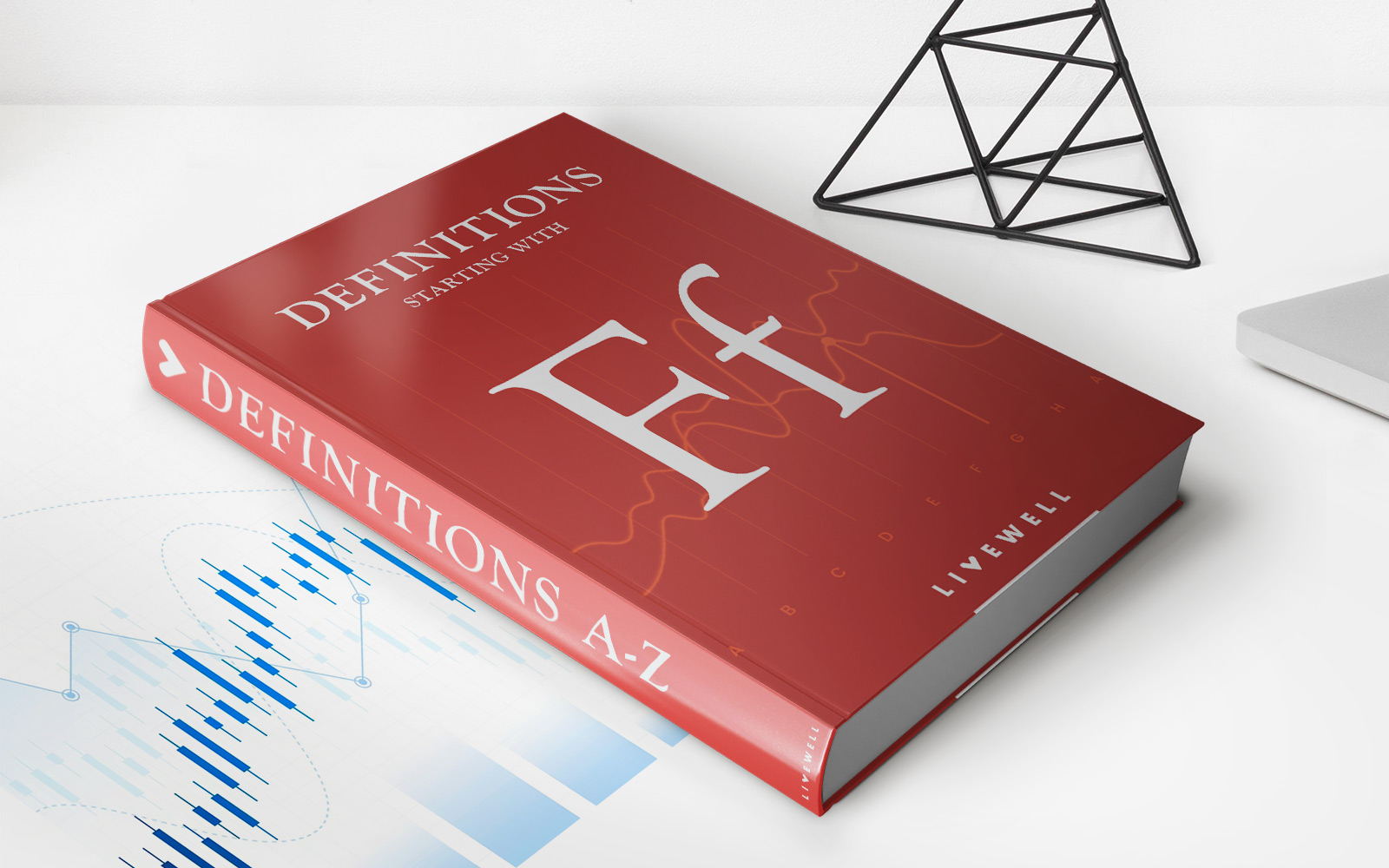Home>Finance>How Many Points Can A High Credit Utilization Cause You


Finance
How Many Points Can A High Credit Utilization Cause You
Published: March 6, 2024
Learn how high credit utilization can impact your credit score and financial health. Discover the potential points you could lose and how to improve your credit utilization. Explore expert tips and strategies in finance.
(Many of the links in this article redirect to a specific reviewed product. Your purchase of these products through affiliate links helps to generate commission for LiveWell, at no extra cost. Learn more)
Table of Contents
Introduction
Welcome to the complex world of credit scores and financial well-being. In this article, we will delve into the often-misunderstood concept of credit utilization and its significant impact on your credit score. Understanding how credit utilization works is crucial for anyone striving to maintain a healthy credit profile and gain access to better financial opportunities.
Credit utilization, also known as the balance-to-limit ratio, is a fundamental factor in determining an individual’s creditworthiness. It represents the percentage of available credit that a borrower is currently using. This metric plays a pivotal role in shaping credit scores and influencing lenders’ decisions when evaluating loan applications.
As we navigate through the intricacies of credit utilization, you will gain valuable insights into how this aspect of personal finance can affect your financial standing. We will explore the repercussions of high credit utilization on credit scores and discuss actionable strategies to mitigate its adverse effects. By the end of this journey, you will be equipped with the knowledge and tools to proactively manage your credit utilization and safeguard your financial future.
Understanding Credit Utilization
Credit utilization is a fundamental concept in the realm of personal finance, playing a pivotal role in shaping individuals’ credit profiles. This metric measures the amount of credit being used relative to the total available credit across all revolving accounts, such as credit cards and lines of credit. It is expressed as a percentage and is calculated by dividing the total outstanding balances by the total credit limits.
For example, if a person has a total credit limit of $10,000 across all their credit cards and currently carries a combined balance of $3,000, their credit utilization rate would be 30%. This percentage reflects the extent to which the individual is utilizing their available credit.
Credit utilization is a key component in credit scoring models, with major credit bureaus and scoring systems considering it a crucial factor in determining an individual’s creditworthiness. Lenders use credit utilization as an indicator of responsible credit management and financial stability. A lower credit utilization ratio is generally seen as favorable, signaling that an individual is not overly reliant on credit and is effectively managing their debt.
Understanding the significance of credit utilization is essential for anyone seeking to maintain a healthy credit profile. By comprehending how this metric is calculated and its implications for credit scores, individuals can make informed decisions regarding their credit usage and take proactive steps to optimize their financial standing.
Impact of High Credit Utilization on Credit Score
The impact of high credit utilization on an individual’s credit score can be significant and far-reaching. Credit scoring models, including the widely used FICO and VantageScore systems, consider credit utilization as a crucial factor in assessing creditworthiness. As a result, a high credit utilization ratio can exert a detrimental influence on an individual’s credit score, potentially leading to adverse financial consequences.
When an individual consistently maintains a high credit utilization ratio, it may signal financial distress or an overreliance on credit, which can raise concerns among lenders and negatively impact the individual’s credit score. High credit utilization suggests that a significant portion of available credit is being utilized, potentially indicating a higher risk of default or financial instability. As a result, credit scoring models may interpret this as a red flag, leading to a decrease in the individual’s credit score.
Furthermore, a high credit utilization ratio can affect different aspects of an individual’s financial life. It may limit access to favorable interest rates on loans, hinder the approval of new credit applications, and even lead to higher insurance premiums in some cases. Additionally, a lowered credit score resulting from high credit utilization can impede individuals from securing competitive terms on mortgages, auto loans, and other forms of credit, ultimately impacting their financial flexibility and opportunities.
Understanding the repercussions of high credit utilization on credit scores is crucial for individuals aiming to maintain or improve their financial standing. By recognizing the potential consequences of elevated credit utilization, individuals can take proactive measures to manage their credit usage effectively and mitigate the adverse effects on their credit scores.
Factors Influencing the Impact
Several factors contribute to the influence of credit utilization on an individual’s credit score. Understanding these underlying elements is essential for comprehending the nuanced impact of credit utilization and devising effective strategies to manage it.
- Credit Score Composition: Credit scoring models consider various components, including payment history, credit mix, length of credit history, new credit inquiries, and credit utilization. While credit utilization is a crucial factor, its impact on an individual’s credit score is intertwined with the overall credit profile.
- Utilization Thresholds: Credit scoring models often assess credit utilization thresholds, such as 30% and 50%, to gauge an individual’s credit management. Exceeding these thresholds can lead to a more pronounced negative impact on credit scores, highlighting the importance of maintaining a low utilization rate.
- Number of Accounts Utilized: The distribution of balances across multiple accounts can influence the impact of credit utilization. Concentrating high balances on a single account may have a more detrimental effect than spreading the balances across several accounts, even if the overall utilization rate remains the same.
- Rate of Change: Rapid fluctuations in credit utilization can also impact credit scores. Sudden increases in utilization may raise concerns among lenders, potentially leading to a negative influence on credit scores, while consistent decreases can have a positive effect over time.
- Individual Credit History: The individual’s credit history and overall financial behavior play a significant role in determining the impact of credit utilization. Positive credit management practices, such as timely payments and responsible credit usage over time, can mitigate the adverse effects of high utilization to some extent.
By considering these factors, individuals can gain a deeper understanding of the multifaceted nature of credit utilization’s impact on credit scores. This knowledge empowers individuals to make informed decisions regarding their credit management and adopt strategies to optimize their credit utilization, thereby safeguarding their financial well-being.
Strategies to Lower Credit Utilization
Lowering credit utilization is a proactive approach that individuals can take to enhance their credit scores and bolster their financial health. By implementing effective strategies to reduce credit utilization, individuals can mitigate the potential negative impact on their credit scores and demonstrate responsible credit management to lenders.
- Pay Down Balances: One of the most direct ways to lower credit utilization is to pay down outstanding balances on credit accounts. By reducing the amount of credit being utilized, individuals can effectively lower their credit utilization ratio and potentially improve their credit scores.
- Request Credit Limit Increases: Contacting credit card issuers to request increases in credit limits can help lower credit utilization. By increasing the total available credit while maintaining the same balances, individuals can achieve a lower utilization rate. It’s important to exercise caution and avoid increasing spending to match the higher limits.
- Use Existing Credit Wisely: Strategic use of existing credit can contribute to lowering credit utilization. Making timely payments and avoiding excessive spending on credit accounts can gradually reduce the utilization ratio over time, positively impacting credit scores.
- Consider Balance Transfers: Transferring balances from high-utilization accounts to those with lower utilization rates or obtaining a balance transfer credit card with a promotional 0% APR offer can help individuals manage their credit utilization more effectively. It’s essential to assess associated fees and terms before pursuing this option.
- Monitor and Manage Regularly: Regularly monitoring credit utilization and actively managing credit accounts can prevent utilization from creeping up unexpectedly. By staying vigilant and making adjustments as needed, individuals can maintain a healthy credit utilization ratio.
By employing these strategies, individuals can take proactive steps to lower their credit utilization and mitigate its potential impact on their credit scores. Engaging in responsible credit management practices and staying attuned to their credit utilization can contribute to a healthier financial outlook and improved access to favorable financial opportunities.
Conclusion
Understanding the intricacies of credit utilization is paramount for anyone seeking to maintain a healthy credit profile and secure their financial well-being. The impact of credit utilization on credit scores underscores the significance of managing this aspect of personal finance proactively. By recognizing the potential repercussions of high credit utilization and implementing effective strategies to lower it, individuals can safeguard their credit scores and enhance their financial prospects.
It is essential for individuals to grasp the multifaceted nature of credit utilization’s influence on credit scores, considering factors such as credit score composition, utilization thresholds, account distribution, rate of change, and individual credit history. By comprehending these underlying elements, individuals can make informed decisions regarding their credit management and adopt strategies to optimize their credit utilization.
Lowering credit utilization through methods such as paying down balances, requesting credit limit increases, using existing credit wisely, considering balance transfers, and actively monitoring and managing credit accounts can contribute to a healthier credit utilization ratio and improved credit scores. These strategies empower individuals to take control of their financial destinies and position themselves for enhanced access to favorable financial opportunities.
As individuals navigate the intricate landscape of personal finance, understanding the impact of credit utilization on credit scores serves as a cornerstone for building and maintaining a robust financial foundation. By embracing responsible credit management practices and leveraging effective strategies to lower credit utilization, individuals can pave the way for a more secure and prosperous financial future.














